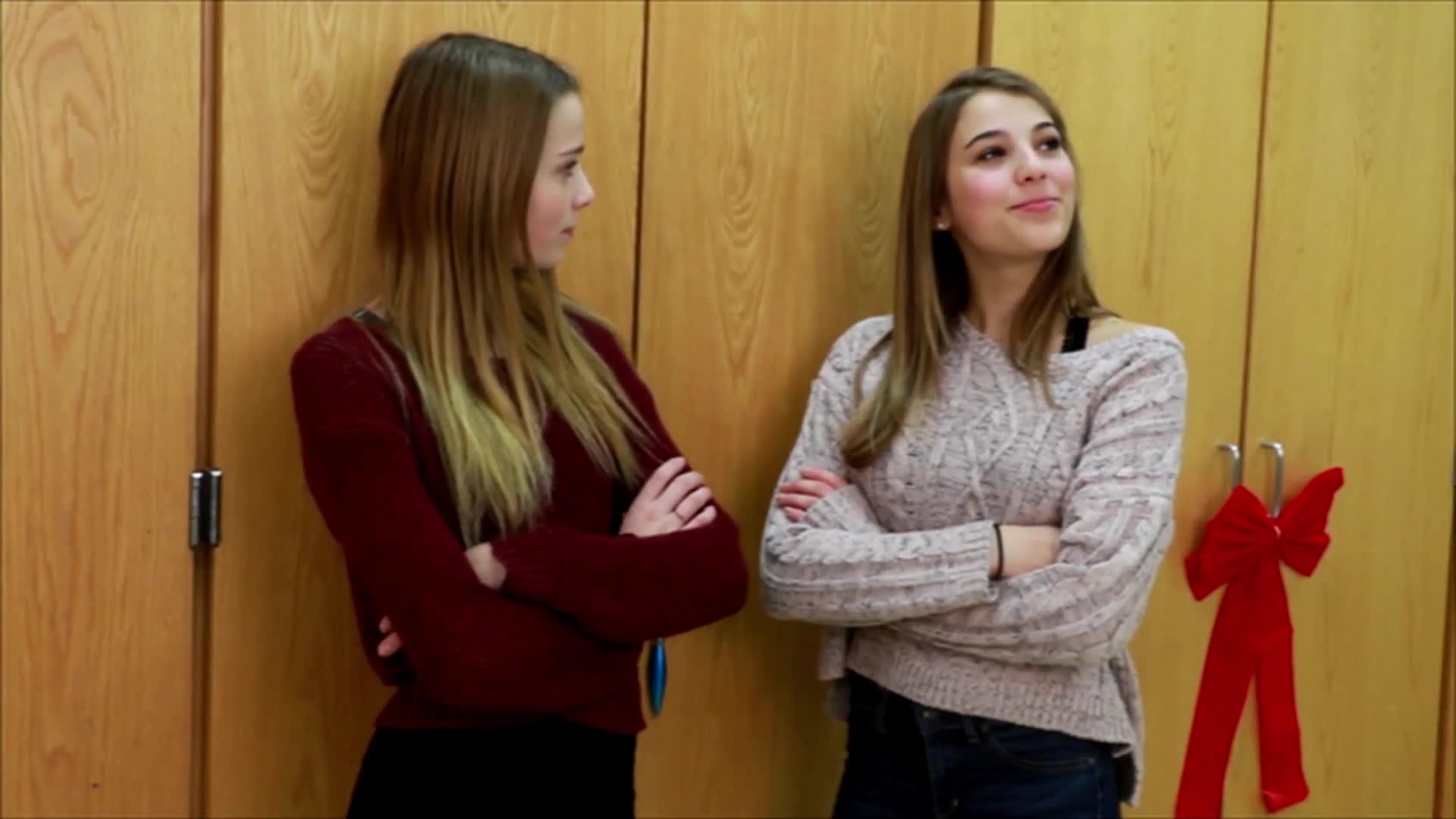Introduction
Communication is an essential skill for students of all ages and abilities. In this blog post, we will focus on an important aspect of communication: tone of voice. Tone of voice is the way our voice sounds and can convey messages without us even realizing it. For students in Special Education, understanding the impact of tone of voice on communication can be particularly valuable in helping them navigate social situations. We will introduce a no-prep activity that educators can use to help students explore this concept, followed by discussion questions, related skills, and next steps.
No-Prep Activity: Guess What Happens Next
This activity is called “Guess What Happens Next” and is designed to help students understand the impact of tone of voice on communication. The idea is for students to watch a short video or listen to a recorded conversation and then try to predict what will happen next based on the tone of voice used by the speaker.
- Choose a video or audio clip that features two or more people having a conversation. Ensure the conversation includes a variety of tones of voice, such as sarcasm, excitement, disappointment, and more.
- Play the clip for your students, stopping at key moments where the tone of voice is particularly interesting or important.
- At each stopping point, ask your students to predict what will happen next based on the tone of voice used. Provide three possible outcomes for them to choose from.
- After the students make their predictions, play the next part of the clip to reveal the actual outcome. Discuss whether the students’ predictions were accurate and why or why not.
- Repeat this process for the entire clip, focusing on different tones of voice and their impact on communication.
Discussion Questions
- How can our tone of voice affect the way others perceive our messages?
- Why is it important to be aware of our tone of voice when communicating with others?
- Can you think of a time when someone’s tone of voice affected your understanding of their message? How did it make you feel?
- How can we work on improving our tone of voice to better communicate our thoughts and feelings?
- What are some strategies we can use to identify the tone of voice in others and respond appropriately?
Related Skills
Understanding and using appropriate tone of voice is just one aspect of effective communication. Other related skills that students in Special Education can benefit from include:
- Active listening
- Nonverbal communication
- Empathy
- Assertiveness
- Conflict resolution
Next Steps
Now that you’ve learned about this no-prep activity and its potential benefits for students in Special Education, we encourage you to try it with your students. To further explore this topic and other related skills, sign up for free sample materials from Everyday Speech. These resources can help you continue to support your students’ social-emotional learning and communication development.






